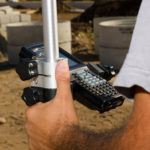
“The same concept envisages adjusting the Glonass target program and introducing a highly elliptical navigation segment of six satellites. This work will most likely start from 2019, if the concept is accepted and we are almost sure of that,” the chief executive was quoted as saying in the company’s corporate publication, Siberian Satellite. Read more…






